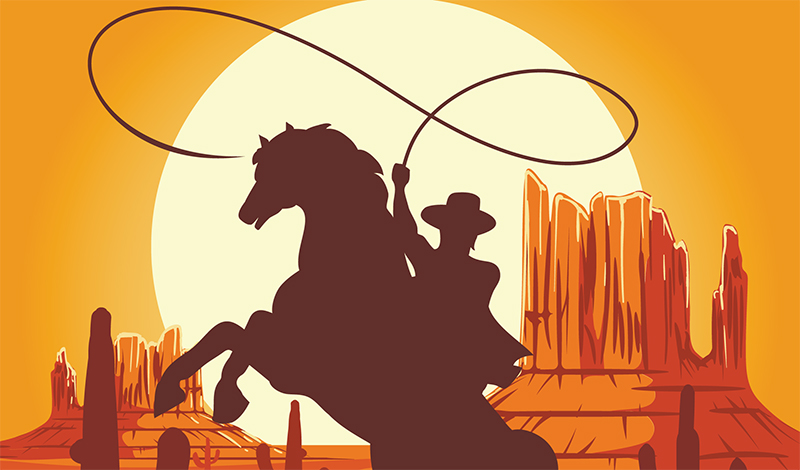From 1960 to 1996, Ikeda Sensei visited the United States 27 times, spending 386 days, more than a year of his life, establishing the unshakable underpinnings for kosen-rufu in our country. On his 19th visit, he traveled to seven cities, including Dallas, where he attended the Dallas Pioneer Meeting.
To mark the 40th anniversary of Sensei’s first visit to Texas in February 1984, Living Buddhism chronicles his enduring efforts to encourage the members and expand kosen-rufu in the Lone Star State through the recollections of the members who were present.
For the members of Texas and Oklahoma, February 14, 1984, was long in the making.
Ikeda Sensei had been scheduled to attend a culture festival in Dallas three years earlier but pressing matters called him back to Japan. When the members heard that Sensei was again scheduled to come to Texas, they began chanting fervently for his safe arrival. On the day he touched down in the Lone Star State, everyone’s joy was palpable. Forty years on, they consider it the turning point for the advancement of kosen-rufu in Texas-Oklahoma Zone.
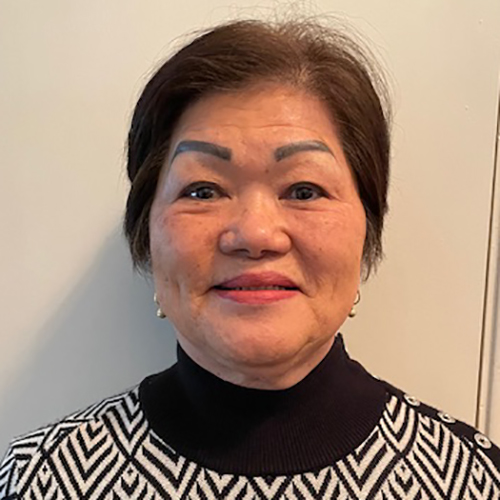
Gloria Howard (Richardson, Texas): Sometime in 1983, we started a daimoku campaign toward Sensei’s visit. We chanted a lot together to ensure that we had great weather, no accidents, no obstacles and for Sensei and Mrs. Ikeda’s great health. Because he couldn’t come years earlier, the members were really determined that he would make it this time.
On February 15, a Wednesday, the weather sunny and mild, Sensei arrived at 3 p.m. at the Dallas Community Center, a little house in Irving, Texas, a suburb roughly 12 miles northwest of Dallas. He took a commemorative photo outside with 350 members. As part of the commemorative gongyo meeting to be held after the photo session, the Brass Band, Fife and Drum Corps and Chorus were set to perform inside the center. But Sensei suggested they perform outside instead under the springlike sun. With the change in plans, the Brass Band, mostly junior high and high school division members, ran inside to grab their instruments. When they performed, what they lacked in technical ability they made up for in sheer heart.
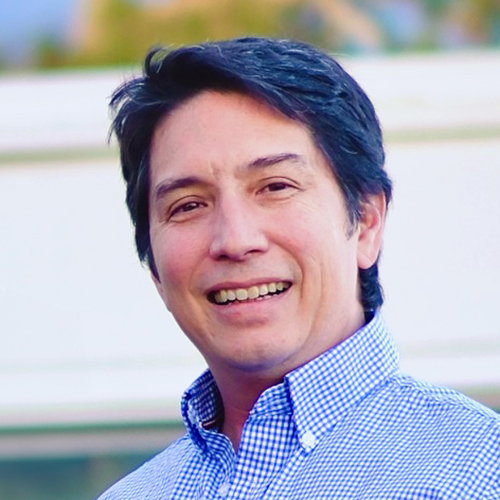
Gene Coats (Rancho Palos Verdes, California): I was 11 and had just started participating in the Brass Band but wasn’t totally into it. I was born with cerebral palsy on the right side of my body, so growing up was tough. I got bullied at school and was very introverted. I didn’t want to practice Buddhism because I didn’t want another reason for people to pick on me.
When my mom heard that Sensei was coming, she really wanted me to attend, but I agreed only because the meeting was during a weekday, which meant I got to skip school.
When Sensei came to the center, we were standing in the parking lot waiting to greet him. Everyone had this eager anticipation. I didn’t know how I was supposed to feel because I hadn’t made my own connection with him yet. I remember stepping on the shoestring of the guy next to me, playing around. When Sensei came out of the car, it’s hard to explain but I was immediately drawn to him—his life condition.
He started shaking hands with the members in the first row. When he shook my hand, he immediately noticed I had a hard time grasping his because of my disability. So he cupped it with the other hand, embracing me warmly.
Afterward, Sensei spoke to us, gathered around in a circle. I remember him pointing at me and the ID badge that I was wearing. He asked if it was really me in the picture. “You look much more handsome in person,” he said. For everyone else, that may have just been a cute comment, but for me it meant everything in the world.
I don’t remember anything else he said because I was just so happy. I made a conscious decision to start practicing on my own after that, and during the summers, I chanted sometimes three hours a day. That’s how miserable I was. That’s how much I wanted this practice to work.
By the time I entered high school, I had developed confidence in my potential and felt I could challenge anything—even with doctors telling me I couldn’t do normal things, like drive, and coaches telling me that certain sports weren’t for me. Without a doubt my entire life was shaped by that encounter with Sensei as an 11-year-old boy.
A gongyo meeting followed, celebrating the 10th anniversary of the Dallas Community Center. It was here that Sensei named the women’s division chorus the Sunset Chorus, a tribute to the beautiful sunset that greeted him upon his arrival in Dallas the night before.
Twenty years earlier, only one woman was practicing Nichiren Buddhism in Dallas. By 1984, the local membership had grown to 3,000. During the meeting, Sensei remarked that the organization’s growth was “nothing short of astonishing.” He continued to speak to the members about the importance of staying on the path of faith to attain absolute happiness, using the imagery of a satellite—a nod to one of the state’s most recognized features, NASA’s Lyndon B. Johnson Center in Houston. Sensei said in part:
A satellite or spacecraft launched into space links up with a base station on Earth by means of radio communication. In a similar way, Nam-myoho-renge-kyo is the fundamental Law that reverberates throughout the entire universe. Human beings can comprehend the universe thanks to the wisdom they possess, a wisdom of unimaginably vast creative power.
The fundamental Law that forms the basis for all manner of human thought and philosophy is the Mystic Law. Moreover, we can interpret the five characters of Myoho-renge-kyo as representing the five sections of the human body—the head, throat, chest, stomach and legs—signifying that human beings are themselves entities of the Mystic Law. Nam-myoho-renge-kyo is, therefore, the great Law that permeates both the universe and the human being.
Karma from previous existences has tainted the microcosm of our lives. The five delusive inclinations of greed, anger, foolishness, arrogance and doubt have formed a crust that has not been purified in ages.
A satellite that strays from its orbit will either fall to Earth or drift off and disappear into outer space. The same is true with our lives. When we drift off from life’s fundamental “orbit,” we cannot attain absolute, eternal happiness. This is why faith in the Mystic Law is so vital. …
Returning to the earlier example, we can liken our lives to a rocket ship.
To launch our lives into an orbit of unrestricted freedom and happiness, we need a base station and rocket fuel. Although this is a very simple example, we might view the Gohonzon as a solid, immovable “base station” from which to launch ourselves toward happiness. And chanting Nam-myoho-renge-kyo is the rocket fuel that propels us skyward.
To ascertain which orbit will lead us to our ultimate objective of enlightenment, we must study Nichiren Daishonin’s writings and exert ourselves in practice for oneself and others. In addition, we make use of the helpful guidance and encouragement of our seniors in faith to set our faith firmly in the right direction.[1]
Sensei imparted to the members how to practice Nichiren Buddhism correctly to ensure they become happy. And he joked that if someone quit their practice, he would know because they took a photo together! After the meeting, the members stayed to enjoy hamburgers and soft drinks as a gift from Sensei. In this informal setting, Sensei continued to encourage the members. He spontaneously decided to play the piano for the participants.
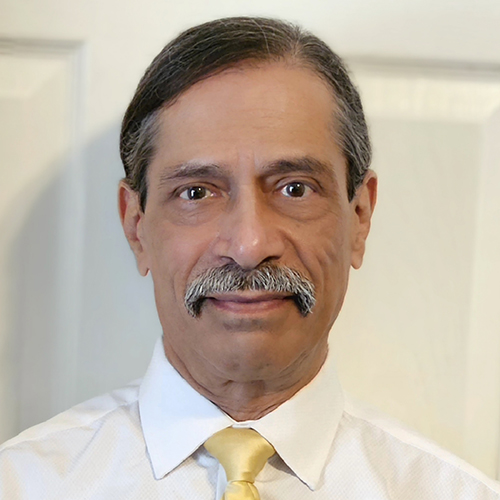
Val Mora (San Antonio, Texas): I was 27 and just a two-year member. As a new member I had immersed myself in Sensei’s writings so it was incredible to finally meet him. When he played the piano, I remember many of the women’s division members singing along. As a Soka Group member, I was standing right behind him and looking over his left shoulder.
I had been in the entertainment industry since high school, and when I was introduced to Buddhism in 1982, I was living in a really rough area in downtown San Antonio. Within three months of chanting, I had a full-time job and had found a much safer three-bedroom house to live in with roommates.
I was still trying to balance my life as a musician, and when he got up to play the piano, there was an interaction I had with him that helped me realize that I had to curtail my rockstar ego. He was a globally influential figure, and yet he concentrated on the person in front of him. He felt more like a father than a global leader. From then, I started putting all of my efforts into my SGI activities.
That evening at the Trail Dust in Dallas, 500 members from the U.S. and Kansai deepened their friendship through a dinner exchange meeting, which Sensei said represented the spirit of our kosen-rufu movement to create true friendship on the individual level. The restaurant was known for the waiters clanging a bell when they spotted someone wearing a tie, then disposing of the tie’s bottom half with scissors. While some lost their ties that night, Sensei, donning a red handkerchief, was not among them.
Breaking through karma requires the energy and thrust of a rocket blasting into space.
The Dallas Pioneer Meeting took place the following afternoon, on February 16,
on the outskirts of Dallas at the Big D Ranch, a reproduction of an Old West frontier town. The ranch owner welcomed Sensei, proclaiming him “mayor and sheriff” for the day and all 6,000 participants as honorary citizens. Sensei then quipped, “Since I’m mayor today, let it be known that none of you has to pay any taxes.”[2]
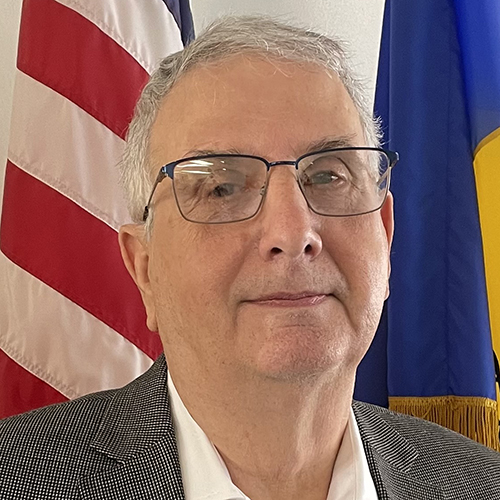
Bill Howard (Richardson, Texas): When we heard that Sensei was scheduled to come to Texas, we didn’t know what we were going to do to welcome him. Then we found Big D Ranch, located right outside of Dallas. It was great, but it didn’t have a stage, so we had to build one.
I had previously worked in construction and was running a hardware store, so I knew what we needed and had connections with people to source materials. I remember I took vacation from work, and a group of us basically lived on the ranch for two weeks and built the stage. After Sensei arrived, he made sure that we were all eating OK and taking care of ourselves.
At 1:30 p.m., the sun bright and the breeze cool, members from throughout the U.S., with the exchange group from Japan, gathered for cultural performances at “Fort Ikeda,” dedicated to Sensei for demonstrating, above all, the pioneering spirit.
To mark the occasion, the city of Dallas proclaimed February 16 as Soka Gakkai International Day and also gave Sensei a key to the city. The Texas governor sent a message for the occasion.
In the first half of the meeting, the pioneering spirit was expressed through dance and choral performances, including a rope dance.
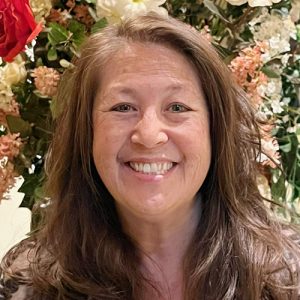
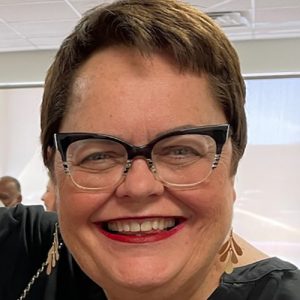
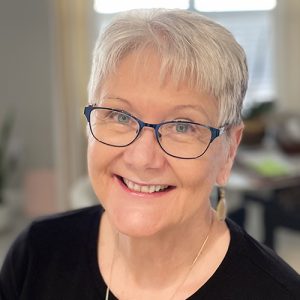
Terry Clark-Potts (Little Elm, Texas): I was a freshman at Texas A&M, driving 3 1/2 hours to Dallas every weekend for practice as part of the rope dance team. I’m a veterinarian now, but as a biomedical science major in 1984, it was very competitive. Freshman year is when people are weeded out because the classes are so hard. A lot of my friends were wondering where I was every weekend and why I wasn’t studying as much as them.
I had a really big test on the Monday following our performance at the ranch with Sensei. I remember taking the test and getting a 100. Nobody got a 100 in that class, so it was like a miracle! My friends asked me how I did it. I told them, in addition to my studies, I chanted Nam-myoho-renge-kyo and was practicing for a big festival where I performed for my mentor. Because of all my efforts, I was able to show actual proof. They asked me why I hadn’t told them about chanting before.
This gave me confidence to share Buddhism with my friends. I realized that there are going to be a million excuses or challenges in my life, but as long as I’m truly fighting for kosen-rufu, I can pull forth my potential in a crucial moment.
Laurel Bennett (Plano, Texas): Dallas was a small organization so everyone supported in some way to welcome Sensei and 5,000 people from out of town. I was performing with the ropers, which had been active for years in Texas. I didn’t know anything about roping at the time, but we practiced for several months all day Saturdays and Sundays for the big event at “Fort Ikeda,” as they renamed it for the meeting.
When we met Sensei, I remember thinking how humble he was. He gave us hope. And Mrs. Ikeda, she was always smiling. After Sensei’s visit, there seemed to be a lot more people open to Buddhism in Texas, and our organization grew quite a bit.
At that time, I was newly married and had been practicing for only four years. I wanted to have a better life and become happy, and I have. The benefits I have experienced over the years are incredible, and my greatest joy now is seeing young people turn their lives around through their Buddhist practice.
Karen Blake (Houston, Texas): I was asked to support first aid for the festival. All I knew as a mother was how to put a Band-Aid on, but I was really excited for the opportunity and took it seriously. When I look back on that time, I have such gratitude because it taught me the most powerful thing I can do is pray for the safety and success of a movement. We were grateful to have visiting medically trained members support us on the day of the festival.
During the event, I didn’t see anything because I was stationed at the first aid station. But members of Sensei’s team came to see us. They expressed their appreciation for everyone’s support and then asked if there had been any injuries or illnesses. Fortunately, there were only minor injuries like blisters and headaches, but we were all so moved that they’d come to make sure that everyone was OK. Even on such a chaotic day, Sensei was thinking of every single person.
In the second part of the meeting, members were recognized for their efforts and presented with commemorative gifts. Sensei then encouraged all the participants to spread a new wave of hope from Dallas for the sake of America and for the peace of the world, saying in part:
Happiness is the right of each individual. We create it ourselves.
Though we may employ various means to realize happiness, we already possess what guarantees real happiness, and that is faith. Therefore, to discard one’s faith and stop practicing is like throwing away one’s right to supreme happiness. I hope that you will all maintain your “right to happiness,” your faith, and become winners in life.
To launch a rocket into space requires far more energy and thrust than an ordinary airplane needs to take flight. Now, in the evil age called the Latter Day of the Law, people’s minds and society have become polluted. Simply trying to lead a normal life amid the harsh realities of our society will not be enough to break through and change your negative karma. We need the energy and thrust of a rocket blasting into space to break through our karma. The source of this great power is the Mystic Law. In other words, we can tap this power by exerting ourselves in chanting Nam-myoho-renge-kyo.[3]
Forty years later, the members of Texas return to this turning point in their faith with the spirit that they are working on behalf of Sensei, ensuring that the people around them know of their “right to happiness” through introducing them to Buddhism.
Bill Howard: When I moved to Dallas from Okinawa in 1971, there were only a handful of members, including just two young men, me and Jerry Ortega. By 1984, our organization had grown quite a bit, but Sensei’s visit energized the entire membership, and the growth of the organization skyrocketed.
The members were inspired by Sensei and his sincerity and awakened to their identity as Bodhisattvas of the Earth. Also, because the members united and chanted a lot of daimoku toward his visit, they personally broke through and were reinvigorated to share Buddhism. To this day, I’m determined to never falter in my own faith and help others practice Buddhism.
Gloria Howard: I could feel Sensei urging me to keep going and to never give up. After his visit, I stopped thinking about moving to another state or going back to Japan. I decided Texas was my place of mission. I promised Sensei in my heart not to worry because I would stay here to do kosen-rufu.
Throughout the years, a lot of karma has come up, but I always go back to the promise I made, and I redetermine in my heart that I will continue to fight. I continue that dialogue with Sensei in my heart even now.
Staying true to the promise I made 40 years ago, I am determined to continue helping young people stand up in this practice and do whatever I can to advance kosen-rufu in Texas.
Terry Clark-Potts: When I reflect on my relationship with Sensei, I think how fortunate we are to have lived while he was here. He’s left us with his teaching and writings. Our pioneer members did a lot to spread Buddhism, and I’m not sure I’ve done the equivalent, but his passing was a wake-up call, a reminder of my legacy as his disciple.
People everywhere are so isolated and they are seeking Buddhism. I’m taking the baton and running with it. I will unite with the youth and create a foundation for them to grow and stand up.
—Prepared by the Living Buddhism staff
You are reading {{ meterCount }} of {{ meterMax }} free premium articles

